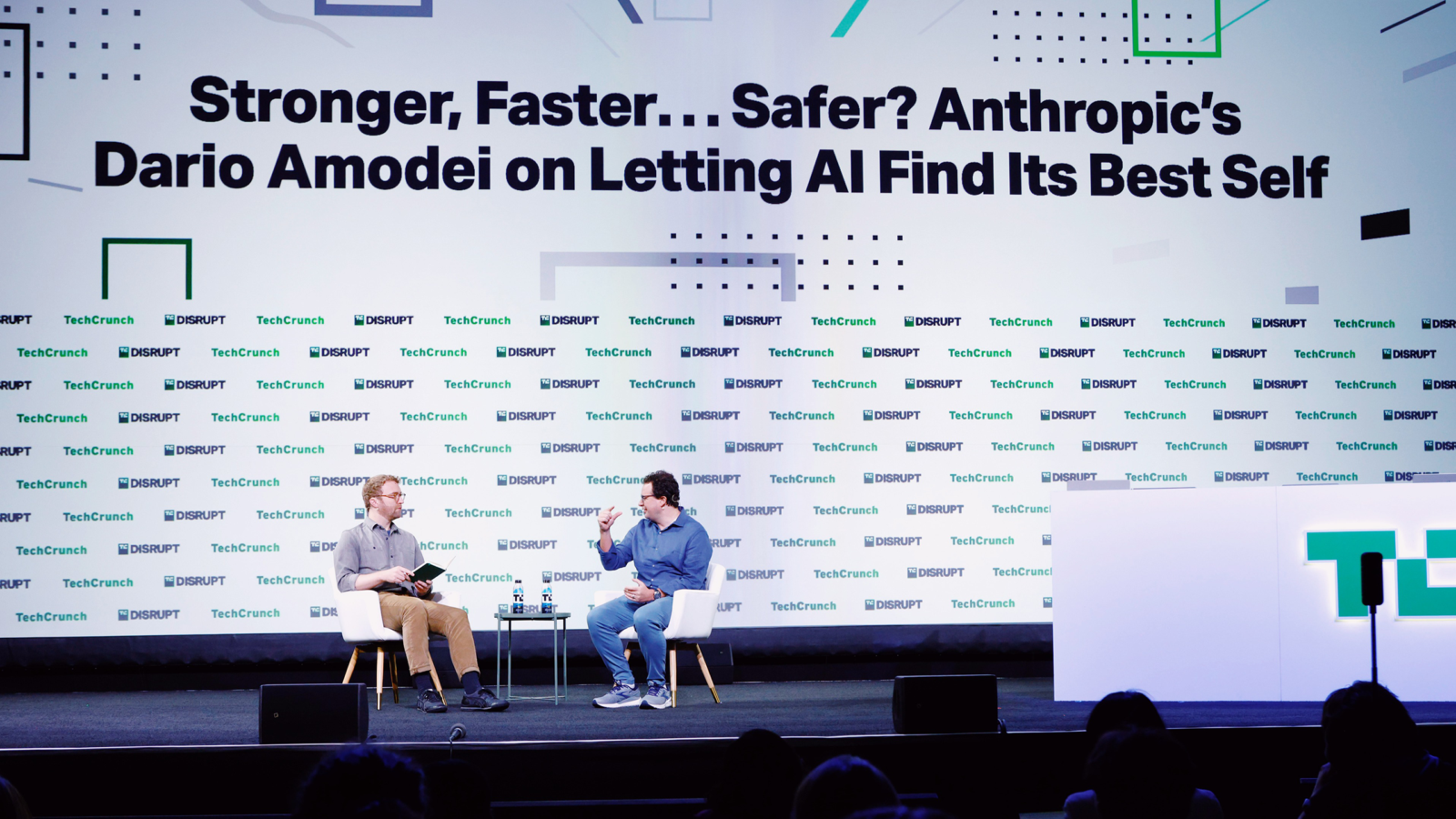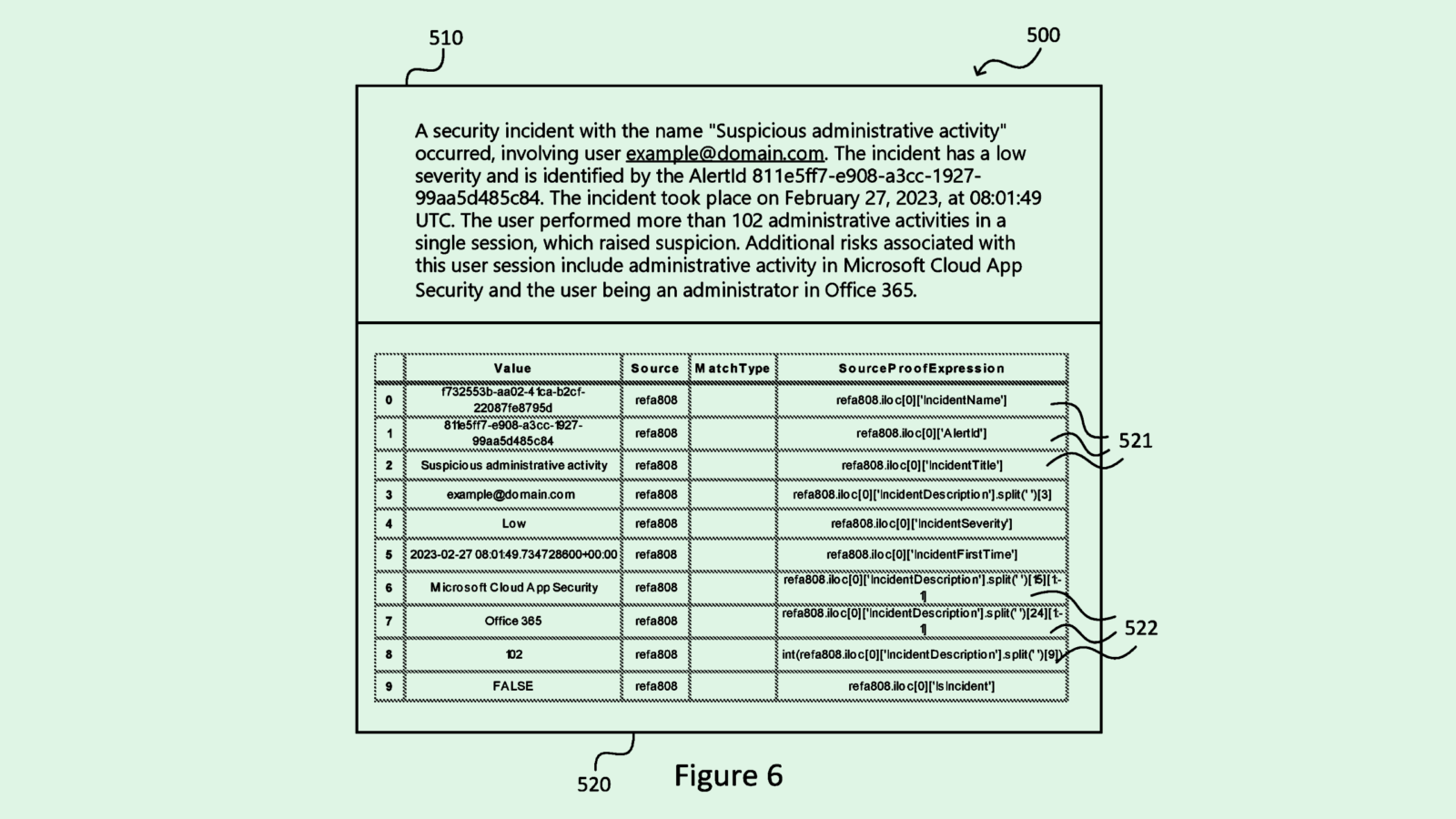Happy Monday and welcome to CIO Upside.
Today: Tech giants continue to beef up their AI model’s reasoning capabilities. But how much power does your enterprise really need? Plus: AI cloud costs are squeezing both providers and enterprises; and Microsoft develops a system to check for hallucinations.
Let’s jump in.
Does Your Business Need a Reasoning Model?

With AI growing more powerful practically by the day, tech giants are all seeking to demonstrate their models’ reasoning capabilities.
Two big tech industry names, Anthropic and Tencent, debuted new AI models last week, both with advanced reasoning capacity. Anthropic announced Claude 3.7 Sonnet, which it calls its most intelligent model to date, capable of “hybrid reasoning,” or “both an ordinary LLM and a reasoning model in one.” Tencent, meanwhile, launched the Hunyuan Turbo S, which it claims beat DeepSeek’s R1 in knowledge, math, and reasoning.
These announcements highlight an advancement that’s taken hold of the AI industry over the past year, with OpenAI and Google offering their own models capable of reasoning, or going beyond simple pattern recognition to analyze information, draw logical conclusions and make inferences.
It’s the difference between “knowing solid pieces of information rather than linguistic patterns,” said Bob Rogers, chief product and technology officer of Oii.ai and co-founder of BeeKeeper AI.
“It actually requires knowing facts … and being able to build logical structures that say ‘I know this and this, and therefore I know that,’” said Rogers. “Any kind of complex task ends up requiring some sort of reasoning component to figure out.”
So does your enterprise need a reasoning model? Rogers answered this question with a simpler one: “Does everyone in your business need to be a genius?”
- Models that are capable of reasoning are extremely powerful tools that are helpful companions when used for any high-level strategy that requires “multiple components in order to solve the problem.”
- For example, this tech could be advantageous in tasks like supply chain management, which tends to involve a lot of moving parts in getting things from point A to point B, he said. Rogers has also seen reasoning put to use in agent contexts.
But when it comes to simpler tasks, all of that power might not be necessary – and could cost far more than it’s worth. In those cases, using it would be like cutting a piece of fruit with a broadsword instead of a kitchen knife. “It doesn’t make sense to give every single query the full strength of the entire computing capability,” said Rogers. “It’s cheaper for them to serve up that result using a different model.”
And reasoning models aren’t infallible. Because they often access your business’s most critical and sensitive data to reach their conclusions, the potential security risks are heightened, said Rogers.
Figuring out which type of model to deploy within your own enterprise is about weighing the costs and benefits task by task. “There’s going to be just sort of like a sweet spot on the cost-performance curve for each thing,” he said. “There are going to be different types of reasoning, and different types of models, for different applications.”
Cloud Providers, Enterprises Struggle to Keep Up with AI Costs

AI is putting pressure on cloud providers and enterprises alike from all angles.
Major cloud providers are currently grappling with the massive cost of building the proper data center infrastructure to keep up with power-hungry AI development in the hope that adoption of the tech marches on. Enterprises, meanwhile, are struggling with the sheer cost of using cloud to begin with, said Trevor Morgan, chief operating officer at OpenDrives.
Data from cloud firm Wasabi shows that 62% of over 1,600 enterprise leaders experienced fees related to cloud storage cost overruns, with the unexpected charges often causing delays in business operations. AI is only heightening the expenses, said Morgan.
The squeeze is prompting many enterprise leaders to reconsider the cloud-first approach, using it as an opportunity to find their so-called “perfect hybrid” strategy, said Morgan. This could mean repatriating data onto on-premise servers or using a private cloud service, he added.
“They’re going to be looking at this from a cloud service perspective and weighing, ‘Does that add value?” said Morgan. “As the first big ‘go to the cloud’ craze kind of winds itself down, I think it’s actually going to be a good thing for them,” he added.
For cloud providers, however, the potential decline in enterprise business is “one of the major issues they’re struggling with,” he said. At the same time, they’re plunging billions into creating AI-ready infrastructure.
- Amazon, which is the largest cloud services provider on the market, said in its earnings call in early February that it’s planning to spend more than $100 billion in 2025, primarily on infrastructure to support AI and cloud.
- Microsoft said in January that it would spend $80 billion on AI-enabled data centers this year, and Google similarly plans to spend $75 billion on AI and cloud capacity.
- These investments coincide with each of the so-called Big Three reporting a slowdown in growth of their cloud services units.
Building data centers is an expensive endeavor, not only because of the components and infrastructure needed, but also the talent required to build them well. The rapidly evolving demands of AI make building these facilities even more tricky, he said.
Generating a return on investment, meanwhile, hinges on adoption — even for hyperscalers. While major tech companies can continue building powerful models and relying on increasingly sophisticated data centers, recouping those costs isn’t going to be easy if enterprises and users don’t take up the tech, Morgan said.
“There’s going to be some serious capital expenditures in the hopes that the AI movement itself gets fully established,” said Morgan. “The opportunities here are endless. We just don’t have endless resources.”
Microsoft Seeks Patent to Limit Hallucinations in AI

Hallucinations in AI models are unavoidable, but tech firms are looking at ways to minimize the damage.
Microsoft is seeking to patent a system for “identifying hallucinations in large language model output.” Rather than preventing these models from spitting out incorrect outputs altogether, Microsoft’s tech essentially aims to monitor and catch them when they do.
The system relies on the principles of explainable AI, or the idea that models should be able to show their work. When a query is submitted to an AI model, Microsoft’s system will submit a verification request alongside it, asking the model to provide data on exactly how it formulated its answers.
A separate system then analyzes the verification data to make sure that the response was “validly derived” from the query, ensuring that the answer not only makes sense but is traceable. Along with mitigating hallucinations, the tech creates an audit trail for more transparency between the model and its users.
Tech firms have been grappling with hallucinations, which are a natural part of AI models, as they make AI bigger and more powerful. Microsoft has sought similar patents in the past, and released a product called “Correction” last year which it claimed could catch potential hallucinations by making comparisons to the source material. Google launched a similar tool called Vertex AI in 2024. Experts, however, warned at the time that eliminating hallucination from AI is practically impossible.
Identifying mistakes as they happen may prove to be the best tool in tech firms’ arsenal for addressing the problem. And finding ways to ensure as much accuracy as possible is vital as agentic AI makes its way into enterprises with the goal of allowing humans to let go of the reins.
Extra Upside
- Where the Chips Fall: Intel will delay opening it’s Ohio chip factory until 2030, after initially planning to start construction in 2025.
- Orion Debut: OpenAI is launching GPT-4.5, codenamed Orion. Though the model is it’s largest to date, it falls short of several reasoning models on the market in several benchmarks.
- DeepPockets: DeepSeek claimed to have a “cost profit margin” of 545%, calculated based on “theoretical income.”
CIO Upside is written by Nat Rubio-Licht. You can find them on X @natrubio__.
CIO Upside is a publication of The Daily Upside. For any questions or comments, feel free to contact us at team@cio.thedailyupside.com.
